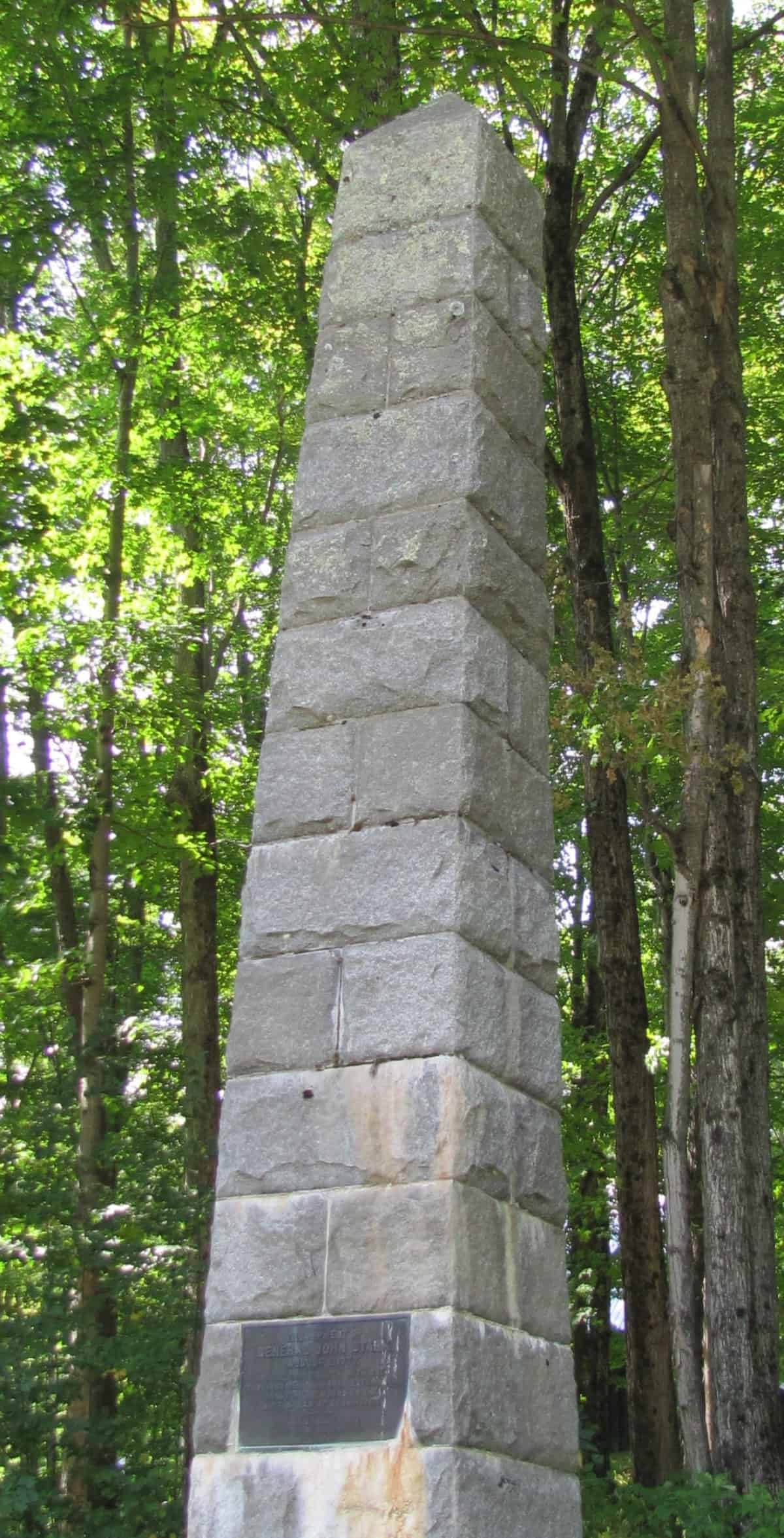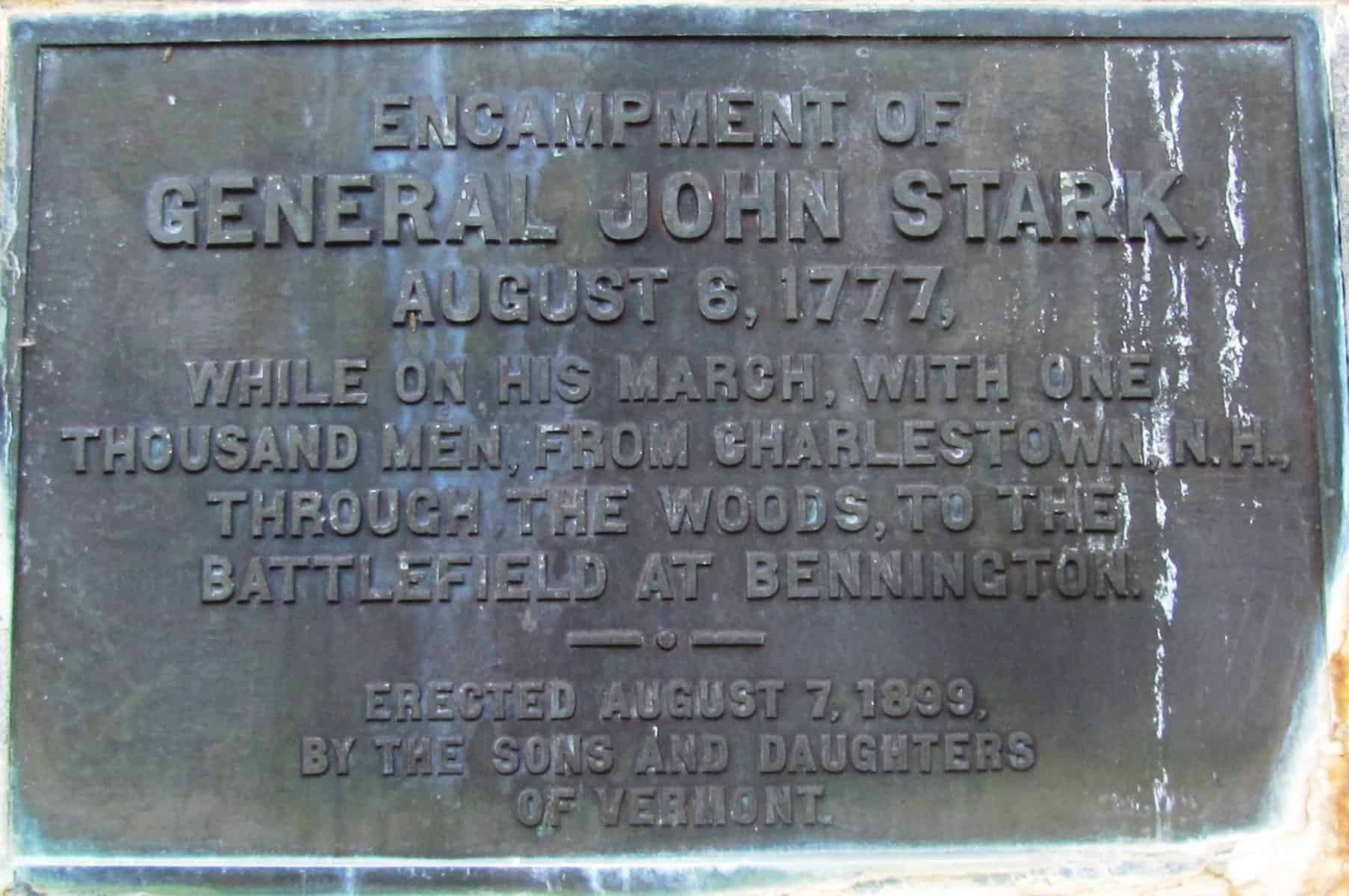
The following history is written by Robert Badger. Rob is president of Landgrove Historical Society.
This article is about the founding of Landgrove, and how it was carved out of the wilderness by an enterprising family.
The first settler was Captain William Utley, who was originally from Connecticut, where he had numerous land holdings. We believe that he was in the French and Indian War between 1756 and 1763, likely leading a group of Connecticut soldiers in the battles at Montreal and Quebec, thus earning him the title of Captain. These military campaigns would have introduced him to the wilderness between the Connecticut River to the east and the Hudson River to the west, north of Massachusetts and south of Canada.
In the 1760s, both New Hampshire and New York were issuing conflicting and overlapping land grants in this wilderness area, and New Englanders, eager to acquire new land, began to move into these grants.
In the spring of 1767, Captain Utley and his 16-year-old son, Asa, traveled up the Connecticut River to what is now Springfield, across a newly created road to the frontier town of Chester, and then spent the rest of the year cutting a road from Chester to the West River about halfway between Weston and Londonderry. Come winter, they returned to their home in Connecticut. In the spring of 1768, Captain Utley and Asa returned to their spot on the West River, cleared a parcel of land, planted corn and potatoes, and then continued cutting the road west from the West River, over the hills between Weston and Landgrove to what we know as Landgrove Flats. This road still exists – in Landgrove it is known as Old County Road East and Old County Road West, passing between the Meeting House and Town Hall, and continuing as Hapgood Pond Road.
The spot Captain Utley chose for his farm was on a knoll sitting above Landgrove Flats. And that was as far as he and Asa cut the road. This was to be their farm.
In 1769, Captain Utley returned with his family, which consisted of his wife and six kids, including Asa, built a cabin to live in, and started clearing fields to farm. They thought they were in the town of Bromley, what is now known as Peru.
In 1776 and 1777 Captain Utley was a delegate to several regional conventions that resulted in the declaration of Vermont as an independent republic, and not a part of New York or of New Hampshire. Thus, in 1777, the Republic of Vermont was born, an independent state that did not join the union until 1791.
In the summer of 1777, during the American Revolution, General John Stark was camped with a company of men in Charlestown, N.H. with plans to cross the Connecticut River to aid Ethan Allen and his Green Mountain Boys in their fight against the British. General Stark was advised by Ira Allen, Ethan’s brother, to cross the river, take the road to Chester, and then through the wilderness along the newly carved road to Captain Utley’s home. So this was a well-known location. The captain and his family fed the troops a lunch of hasty pudding, a porridge made primarily of crushed corn and milk or water. After lunch, the men cut the road from the Utley Farm to Bromley, where they camped for the night and a monument now stands to commemorate the encampment. From there, the troops marched to Manchester and on to Bennington, where they fought in the Battle of Bennington. This was Landgrove’s small role in the American Revolution.

As stated above, the Utleys thought they were in the town of Bromley, now Peru. As new towns were laid out, there were numerous conflicting claims and surveys, along with conflicting grants by New Hampshire and New York, but after a while it became obvious to Captain Utley that his farm was not in Bromley. He petitioned the Land Office Committee, run by his friend Ira Allen, for a new town. On Nov. 6, 1780, the Vermont General Assembly, recognizing Utley’s role in working for Vermont independence, quickly authorized the grant of the land between Bromley, Londonderry, and what is now known as Weston, to Captain Utley and his fellow settlers, of which there were now 22, ten of whom were in Utley’s family (Asa was now married with a child of his own). Each was granted the sum of 320 acres. Three days later, on Nov. 9, 1780, a charter was granted and the town of Landgrove officially came into existence.